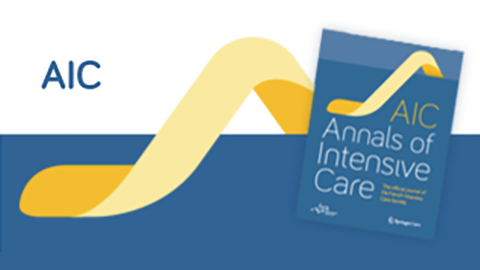20/06/2018


Source
Abstract
The bedside hemodynamic assessment of the critically ill remains challenging since blood volume, arterial–venous interaction and compliance are not measured directly. Mean circulatory filling pressure ( P _mcf) is the blood pressure throughout the vascular system at zero flow. Animal studies have shown P _mcf provides information on vascular compliance, volume responsiveness and enables the calculation of stressed volume. It is now possible to measure P _mcf at the bedside. We performed a systematic review of the current P _mcf measurement techniques and compared their clinical applicability, precision, accuracy and limitations. A comprehensive search strategy was performed in PubMed, Embase and the Cochrane databases. Studies measuring P _mcf in heart-beating patients at the bedside were included. Data were extracted from the articles into predefined forms. Quality assessment was based on the Newcastle–Ottawa Scale for cohort studies. A total of 17 prospective cohort studies were included. Three techniques were described: P _mcf hold, based on inspiratory hold-derived venous return curves, P _mcf arm, based on arterial and venous pressure equilibration in the arm as a model for the entire circulation, and P _mcf analogue, based on a Guytonian mathematical model of the circulation. The included studies show P _mcf to accurately follow intravascular fluid administration and vascular compliance following drug-induced hemodynamic changes. Bedside P _mcf measures allow for more direct assessment of circulating blood volume, venous return and compliance. However, studies are needed to determine normative P _mcf values and their expected changes to therapies if they are to be used to guide clinical practice.
Liens article
©2018 The Author(s)